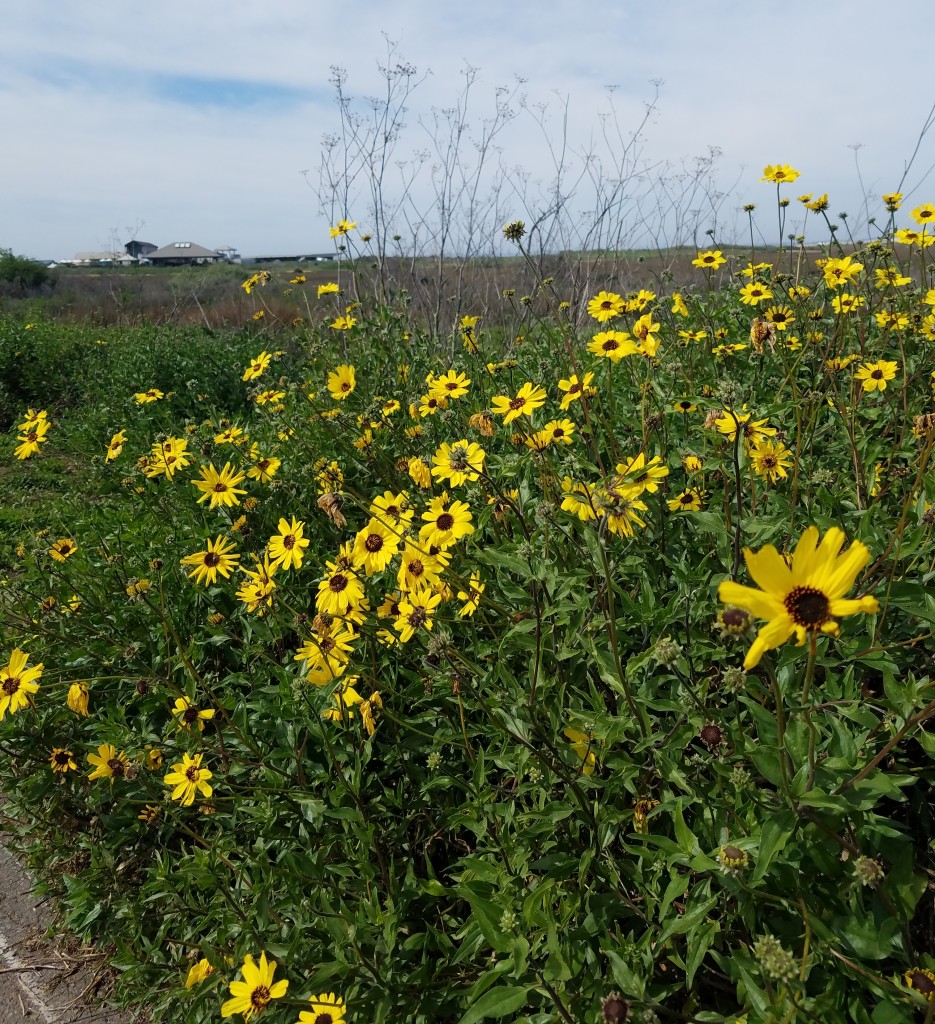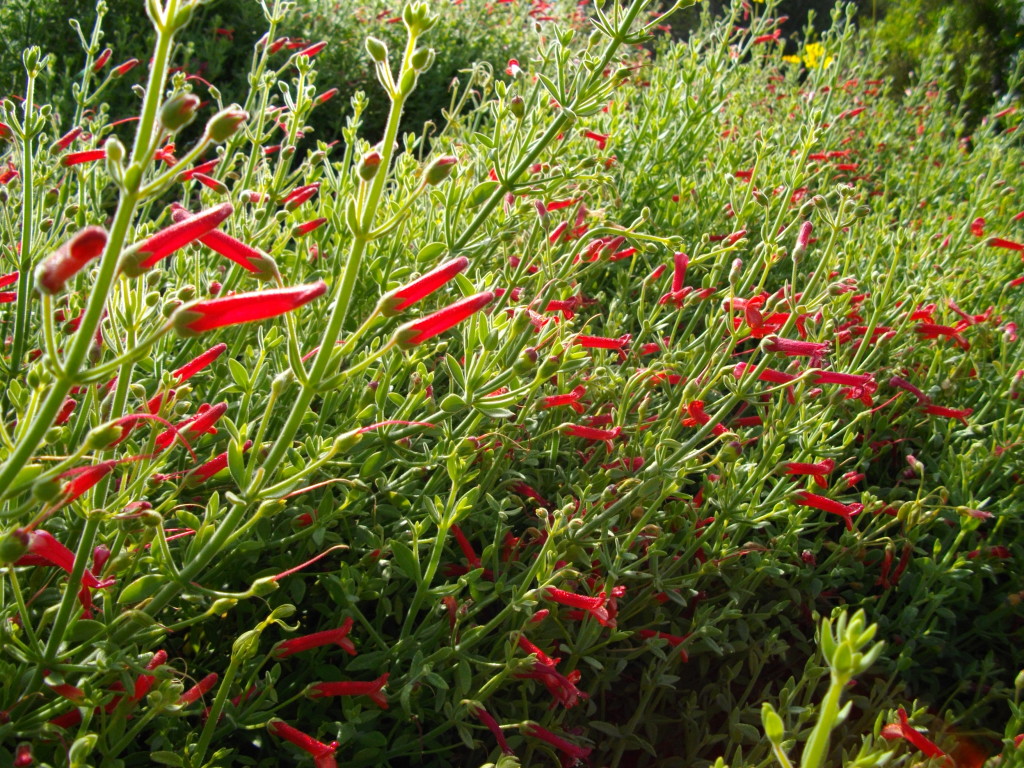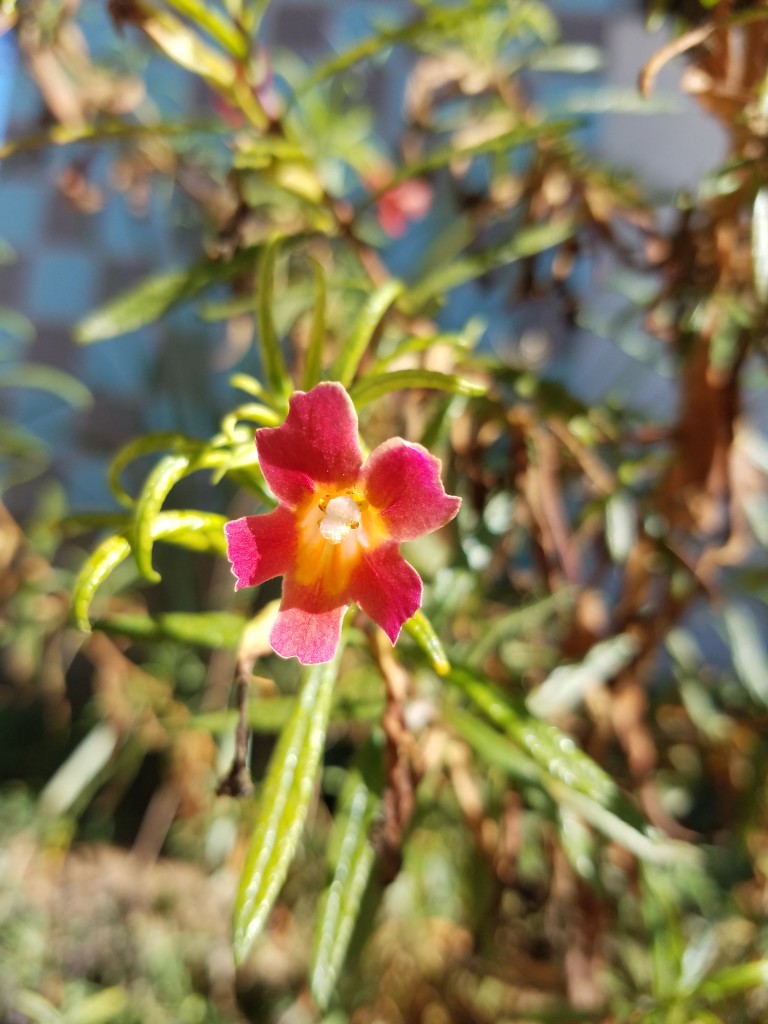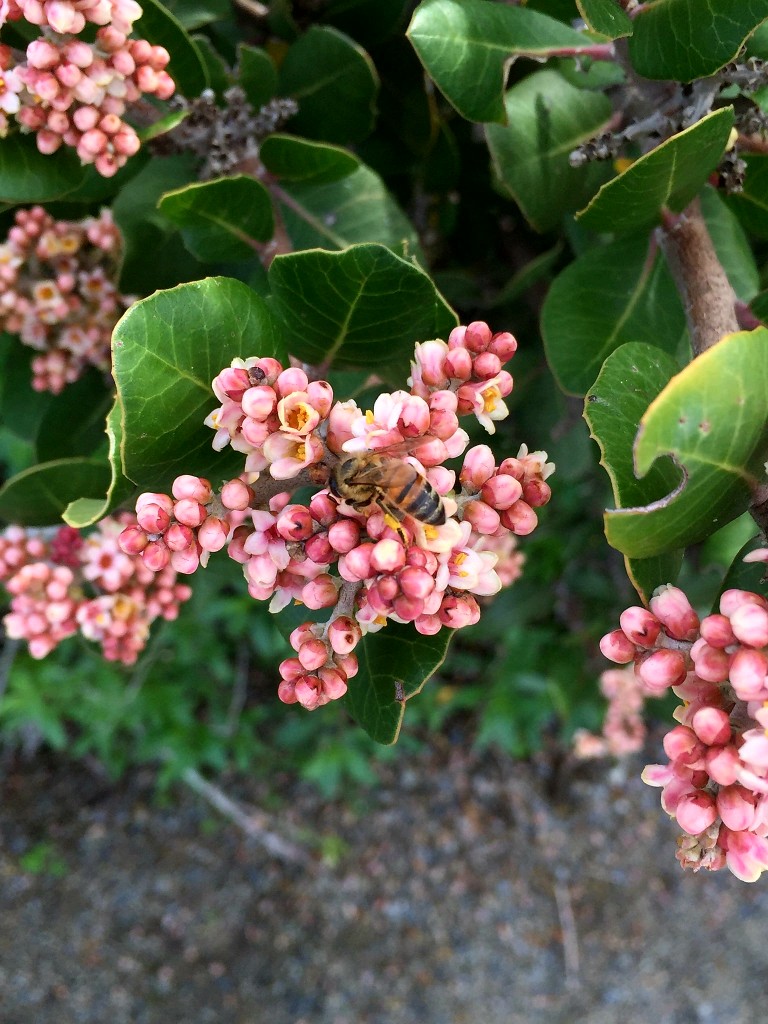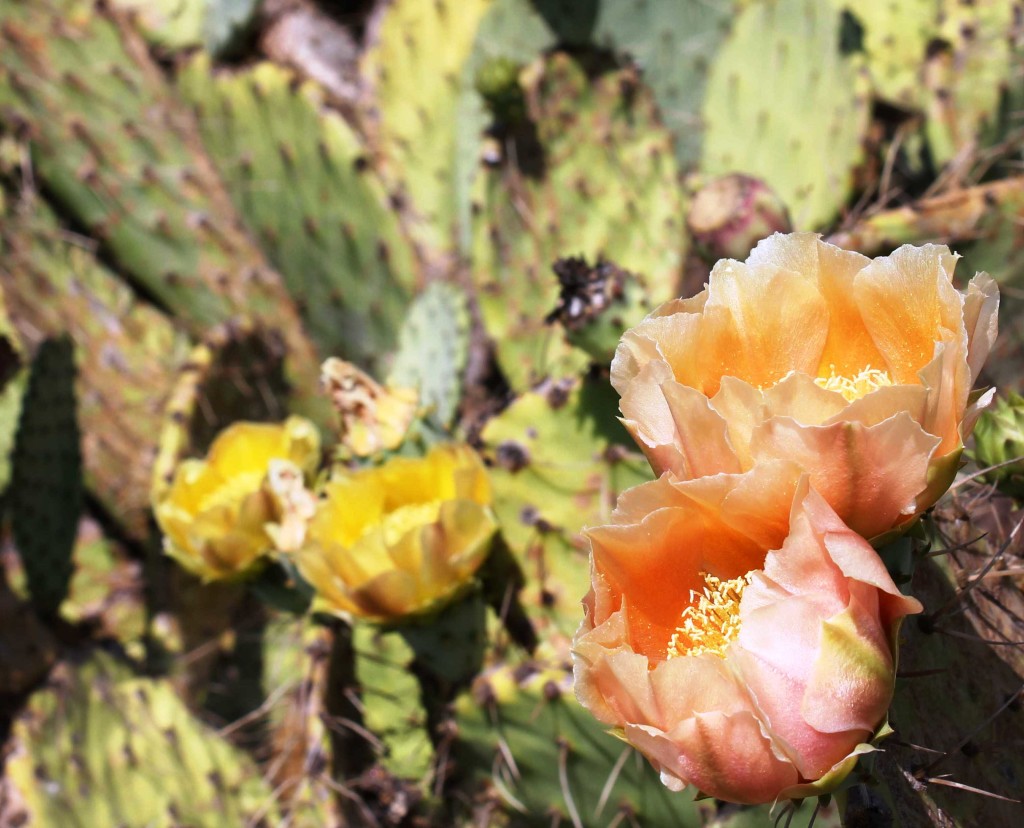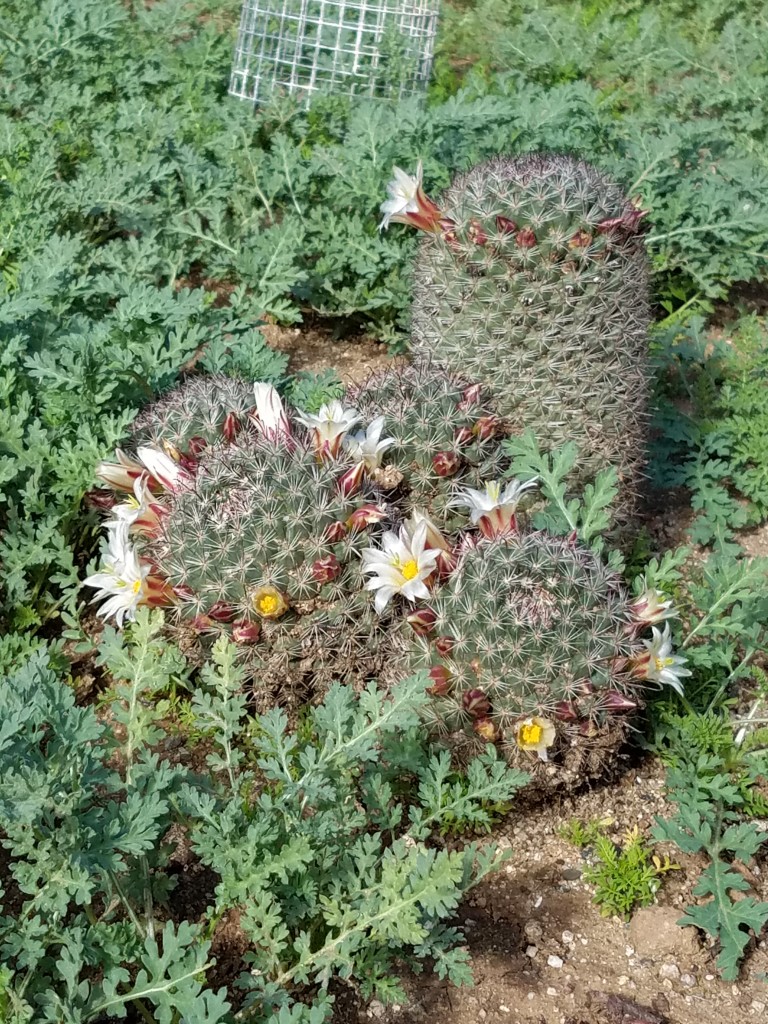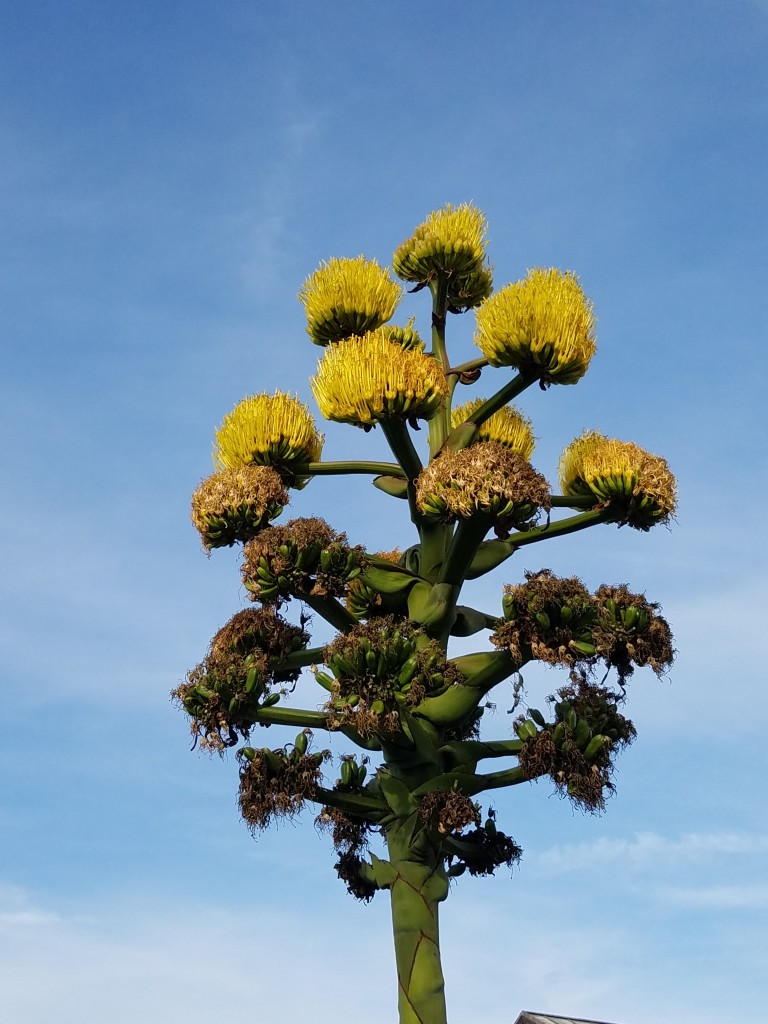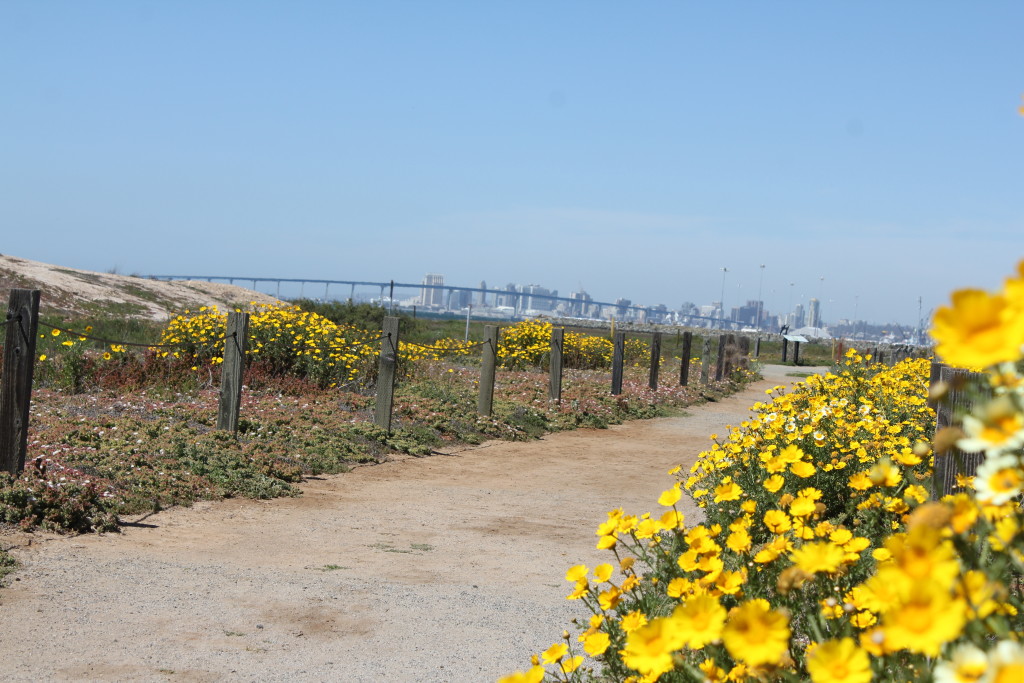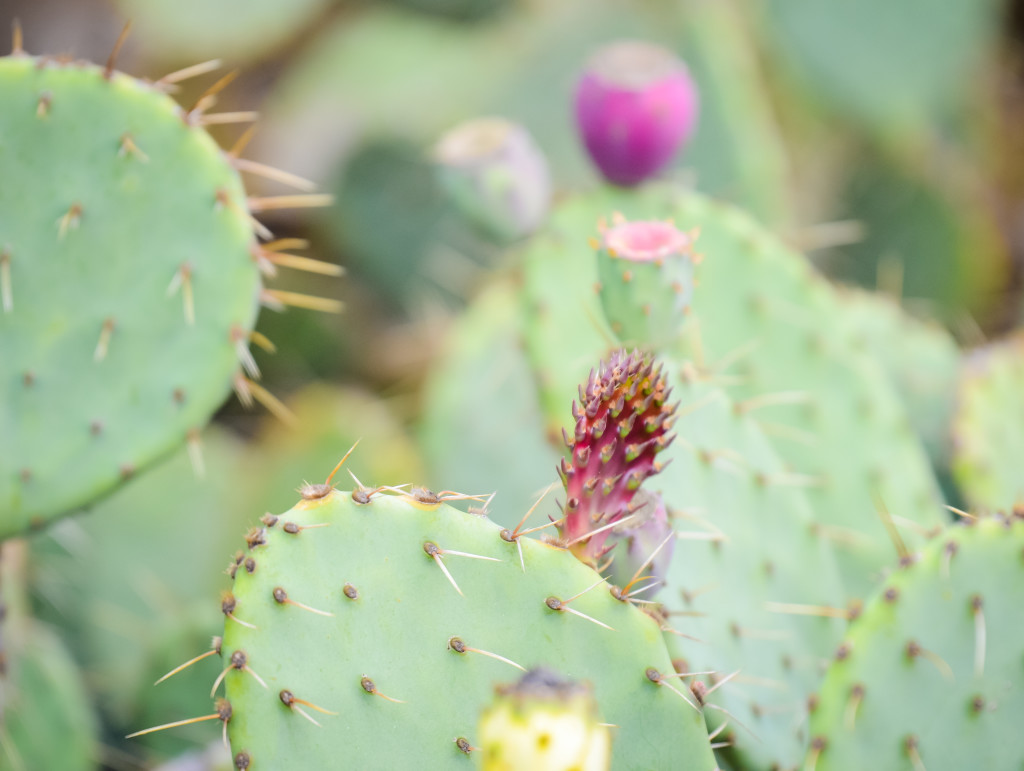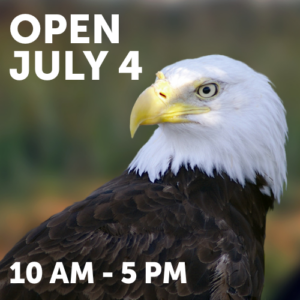These 5 Bee-haviors Save Bees
By Elizabeth Argyle
If you like chocolate, coffee, or produce, then you like bees! Bees belong to a group of animals called ‘pollinators’, which includes bats, hummingbirds, and insects that assist in plant reproduction by carrying pollen from one plant to another. 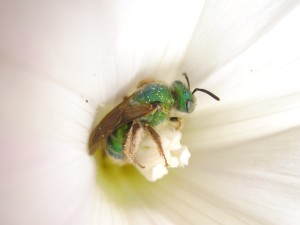 Pollinators are responsible for the production of approximately 1/3 of the food on our plates. Populations of bees and other pollinators are quickly declining, but you can help bring them back!
Pollinators are responsible for the production of approximately 1/3 of the food on our plates. Populations of bees and other pollinators are quickly declining, but you can help bring them back!
There are two types of bees in the United States: bumblebees and solitary bees. Bumblebees live in colonies dominated by a queen bee and include hundreds of her workers. There are over 45 different species of bumblebees found in the U.S. Solitary bees make up the majority of native bee species found in San Diego. These bees are ground-dwelling and find homes in logs and tree hollows. There are about 4,000 species of solitary bees in the U.S. Unfortunately, all of these bees are at risk due to human impact.
Toxic pesticides, loss of habitat, and 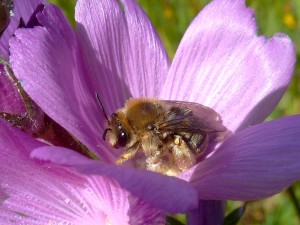 competition from invasive species all play a role in bee population decline. All of these factors can be drastically reduced with your help!
competition from invasive species all play a role in bee population decline. All of these factors can be drastically reduced with your help!
- Use natural pesticides (non-toxic) to avoid harming important pollinators such as bees.
- Plant native plants to provide nectar (food) for the bees.
- Create nesting sites (habitat) out of bare ground and fallen branches for native bees.
- Pull invasive plants (non-native), which welcome invasive animals that outcompete or prey upon native bees.
- Donate to help save bees. Your donation will fund our Native Pollinator Garden, which provides food and homes for pollinators while teaching visitors about the importance they play in our lives.
Living in harmony with bees will not only create a healthier ecosystem but also help ensure our favorite foods stay on our plates!

Elizabeth Argyle has her Bachelor of Science in Ecology, Behavior, and Evolution from the University of California, San Diego. Her passion for science, conservation, and education led her to fall in love with the San Diego community and inspired her career working as an Education and Guest Experience Manager at the Living Coast.
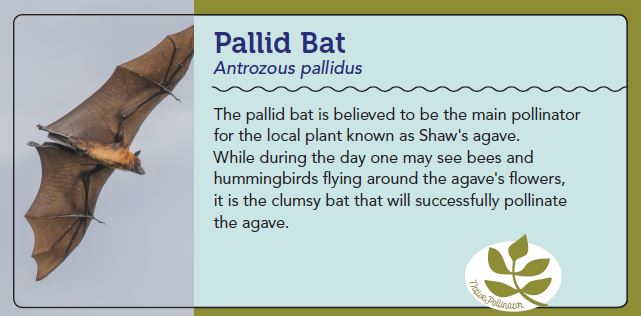
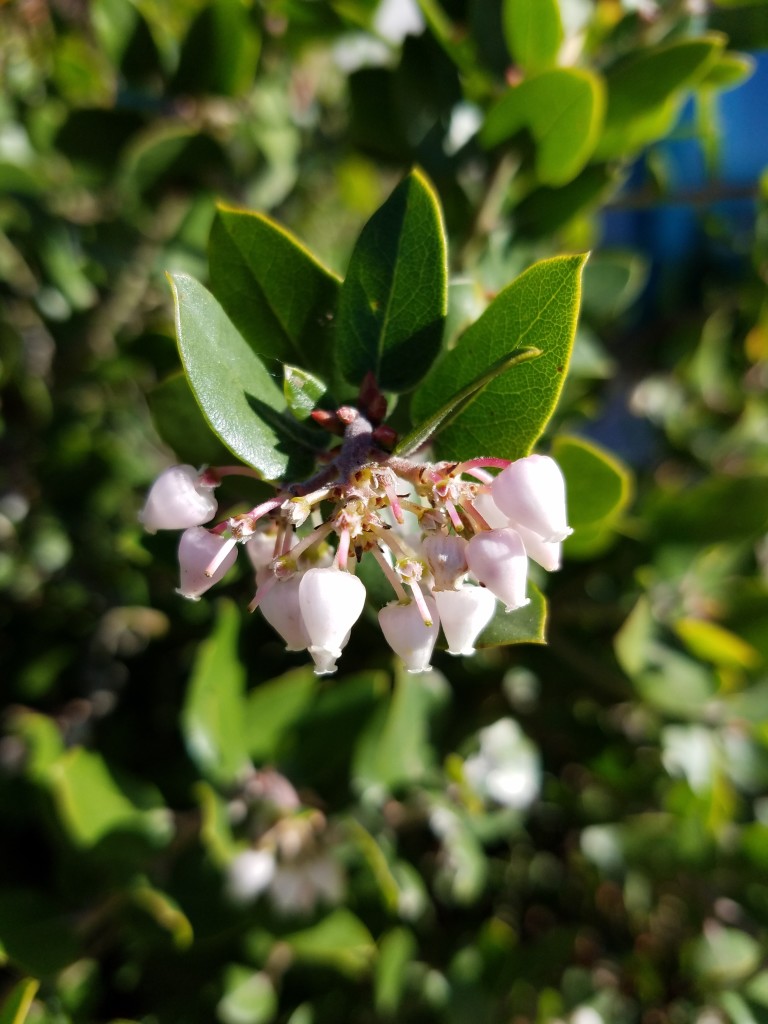 The Del Mar manzanita is one of the rarest plants we have on site. It grows only in San Diego County and a limited area of northern Baja. It is most commonly found in the Del Mar coastal area,
The Del Mar manzanita is one of the rarest plants we have on site. It grows only in San Diego County and a limited area of northern Baja. It is most commonly found in the Del Mar coastal area,